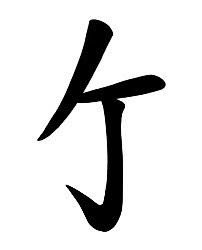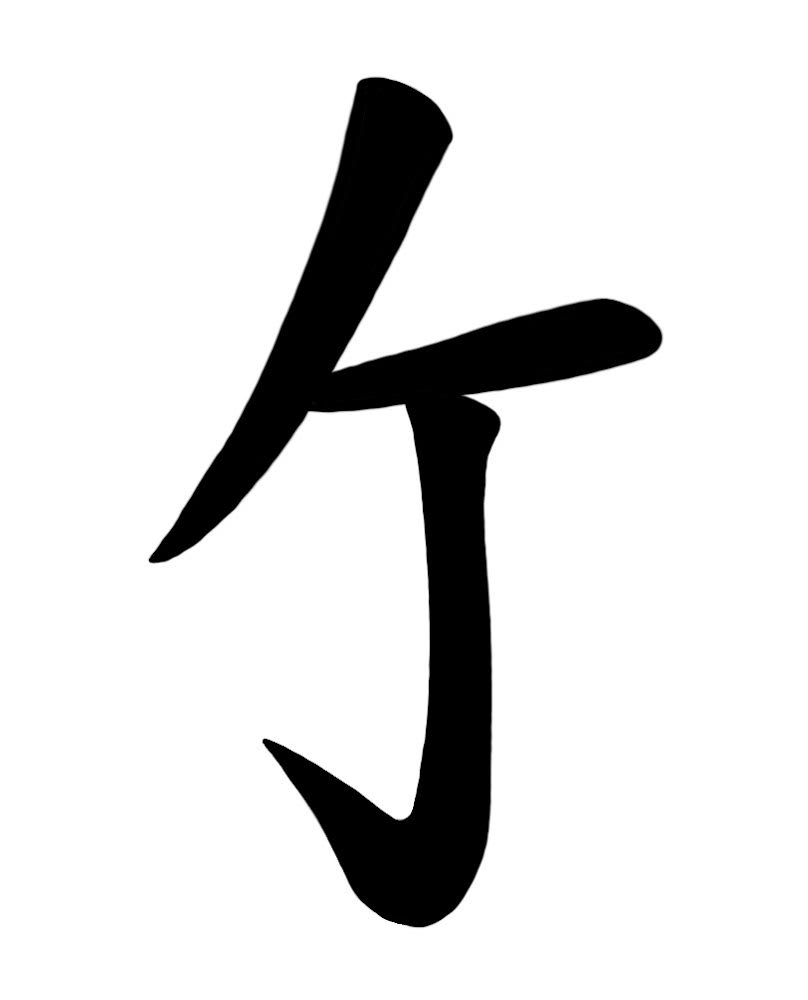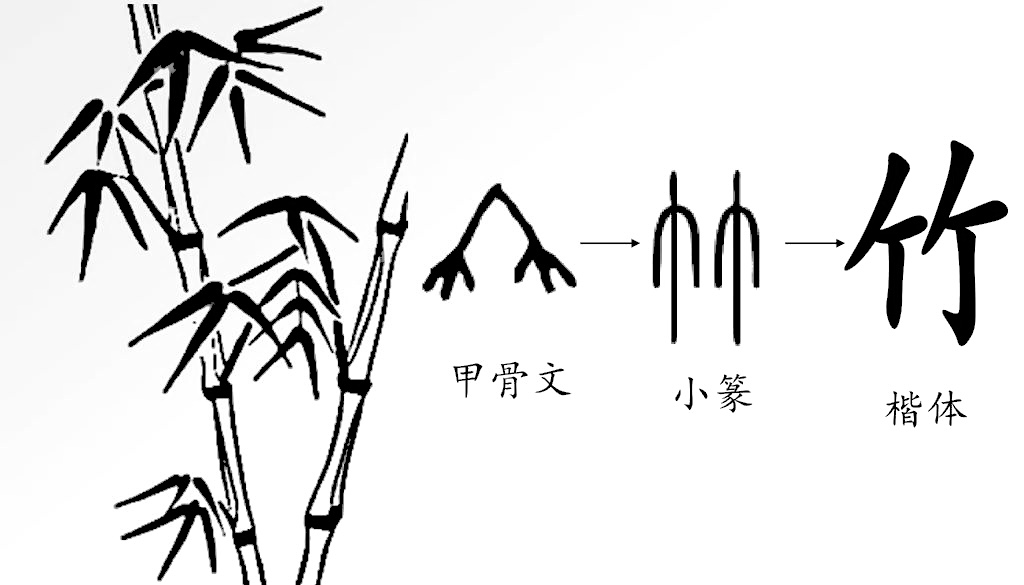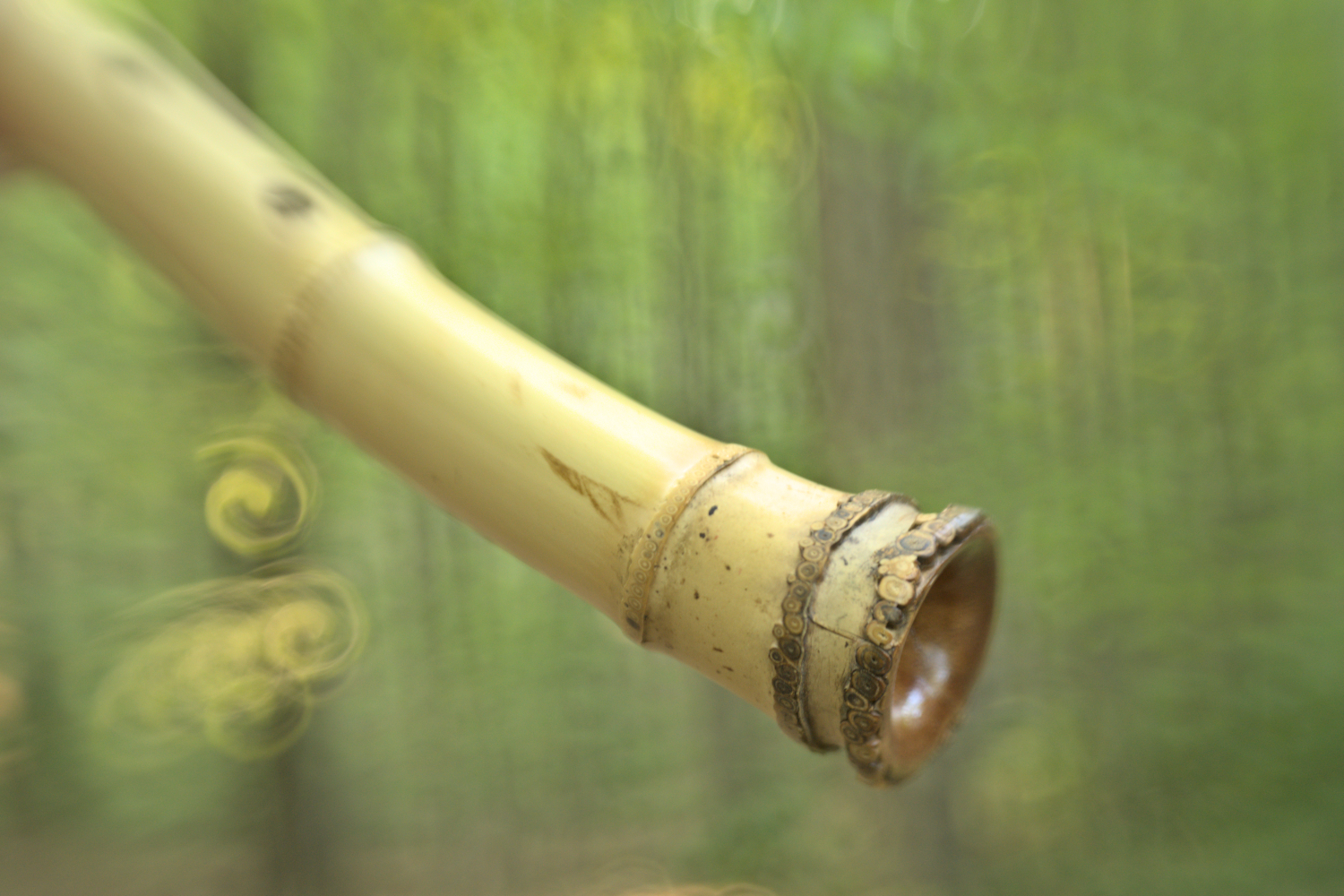I began crafting bamboo flutes around the age of fifteen, and as of this December 31st, I’ll be turning 38. Over the years, my works have borne different signatures. Traditionally, a yaki-in (焼印) hot branding iron is used to sign shakuhachi, usually near the right side of the rear thumbhole (sometimes called a hanko in Western circles).
Recently, I was searching for a new signature, intending for it to be my final, and a birthday gift to myself. My journey led me back to the Hànzì or Kanji character for bamboo itself: 竹 (Také or Chiku in Japanese). Below, you can see how this character has evolved through time.

Through all of the changes there is one constant, two characters, side by side. Of course, this represent two stalks of bamboo and implies a whole grove. Of course, when I harvest a piece of bamboo and craft a shakuhachi it becomes a singular piece. Reflecting on this while staring at the characters, I was inspired to ‘harvesting’ just one of the ‘stalks’ from each set of characters. ‘Digging up’ each one in turn, I was equally taken aback when I got to the final, most recent form of the character, as seen below.

I couldn’t help but see a J. I then extended the bottom stroke upwards a bit more, a common flourish on 竹 with other calligraphy styles. In addition to making the character more J-like, this brings to mind the root of the bamboo with a budding new shoot. However, there’s an even deeper meaning: it is only when two or more shakuhachi sing together that we hear the true sound of bamboo — the myriad voices of nature.
Moving forward, when this ‘reuniting of the bamboo’ occurs with my shakuhachi, the Kanji of my new signature will be completed again: the ‘grove’ reincarnated as a choir.
PS I’ll update this with an actual photo of the brand on the first shakuhachi I make here in my new home of Spain France.



Leave a Reply